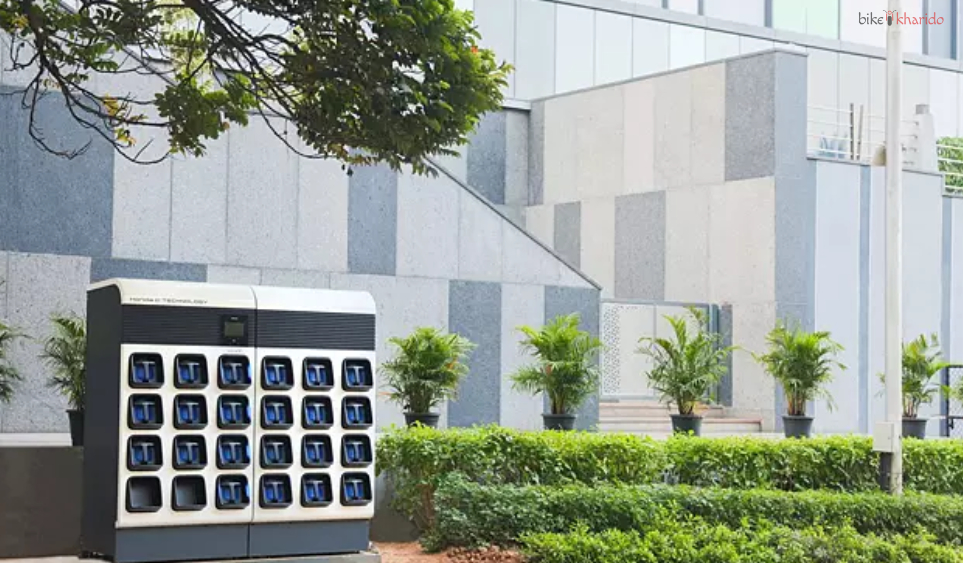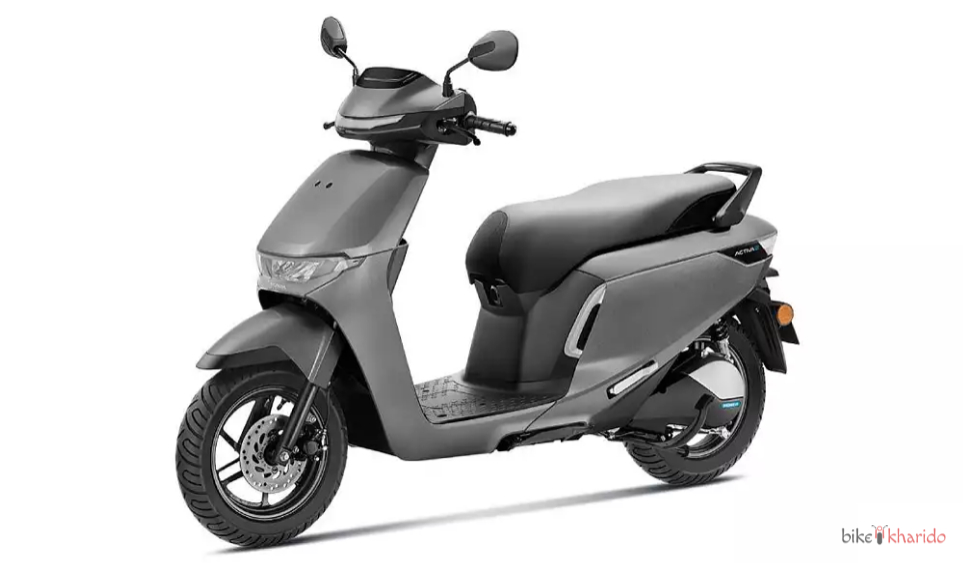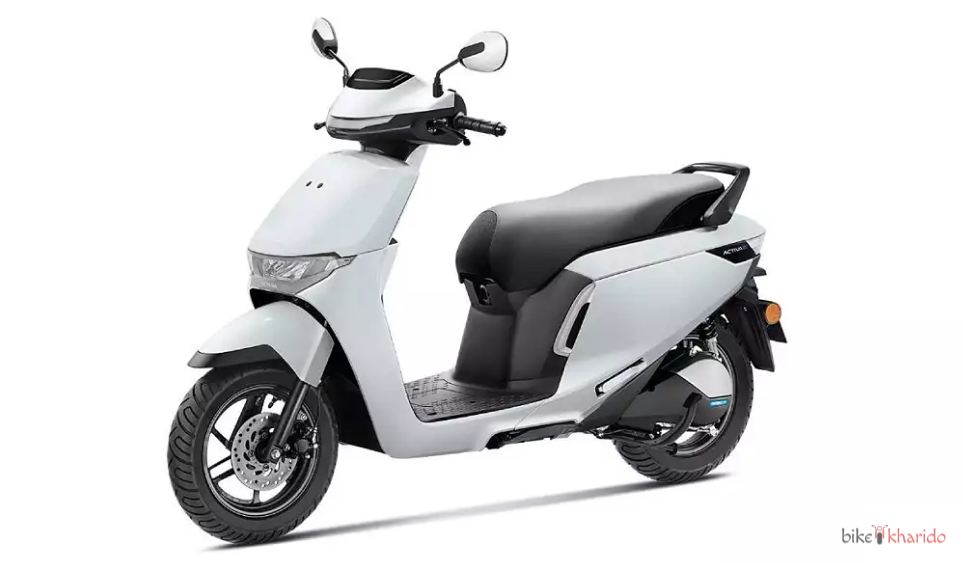Honda’s Battery Swapping Stations to Revolutionize Urban Mobility in India
 First Steps Toward a Greener Future
First Steps Toward a Greener Future
Honda plans to introduce its battery-swapping stations in India, commencing in February 2025 in Bengaluru, with subsequent launches in Mumbai and Delhi scheduled for April 2025. The objective of these stations is to create a comprehensive network in major urban areas during the initial phase, facilitating Honda’s transition towards sustainable urban mobility.
You may like it: BMW R 12 S: A Modern Tribute to Timeless Café Racer Elegance
A Key Pillar for the Honda Activa e:
The battery-swapping stations are essential to the operation of Honda’s newly launched Activa e: electric scooter. This two-wheeled vehicle is equipped with two interchangeable 1.5kWh batteries, specifically designed for use at these stations. Users will depend solely on these facilities to exchange exhausted batteries for fully charged replacements, as there is no option for charging at home.

Advanced Features for Urban Commuters
The Honda Activa e: is available in two variants, with the premium model featuring a color TFT display that includes Bluetooth connectivity, navigation, and music controls. It is powered by a 6kW swingarm-mounted motor, achieving a maximum speed of 80 km/h, and offers three riding modes: Econ, Standard, and Sport. This electric scooter is said to have a range of 102 km, making it well-suited for urban commuting.
You may like it: Honda QC1 Electric Scooter: A Budget-Friendly EV for Urban Commuters
Competition in the EV Market
The Activa e: enters a highly competitive market, challenging well-established competitors such as the TVS iQube, Vida V1, Bajaj Chetak, and Ather Rizta. Honda’s battery-swapping network may offer a significant advantage, enhancing user convenience and minimizing downtime.

A Greener Tomorrow
Honda’s initiative marks a significant step toward electrifying India’s urban transport landscape. With its focus on infrastructure and innovation, Honda is well-positioned to lead the charge in India’s EV revolution.
Honda’s Battery Swapping Stations to Revolutionize Urban Mobility in India
 First Steps Toward a Greener Future
First Steps Toward a Greener Future
Honda plans to introduce its battery-swapping stations in India, commencing in February 2025 in Bengaluru, with subsequent launches in Mumbai and Delhi scheduled for April 2025. The objective of these stations is to create a comprehensive network in major urban areas during the initial phase, facilitating Honda’s transition towards sustainable urban mobility.
You may like it: BMW R 12 S: A Modern Tribute to Timeless Café Racer Elegance
A Key Pillar for the Honda Activa e:
The battery-swapping stations are essential to the operation of Honda’s newly launched Activa e: electric scooter. This two-wheeled vehicle is equipped with two interchangeable 1.5kWh batteries, specifically designed for use at these stations. Users will depend solely on these facilities to exchange exhausted batteries for fully charged replacements, as there is no option for charging at home.

Advanced Features for Urban Commuters
The Honda Activa e: is available in two variants, with the premium model featuring a color TFT display that includes Bluetooth connectivity, navigation, and music controls. It is powered by a 6kW swingarm-mounted motor, achieving a maximum speed of 80 km/h, and offers three riding modes: Econ, Standard, and Sport. This electric scooter is said to have a range of 102 km, making it well-suited for urban commuting.
You may like it: Honda QC1 Electric Scooter: A Budget-Friendly EV for Urban Commuters
Competition in the EV Market
The Activa e: enters a highly competitive market, challenging well-established competitors such as the TVS iQube, Vida V1, Bajaj Chetak, and Ather Rizta. Honda’s battery-swapping network may offer a significant advantage, enhancing user convenience and minimizing downtime.

A Greener Tomorrow
Honda’s initiative marks a significant step toward electrifying India’s urban transport landscape. With its focus on infrastructure and innovation, Honda is well-positioned to lead the charge in India’s EV revolution.



